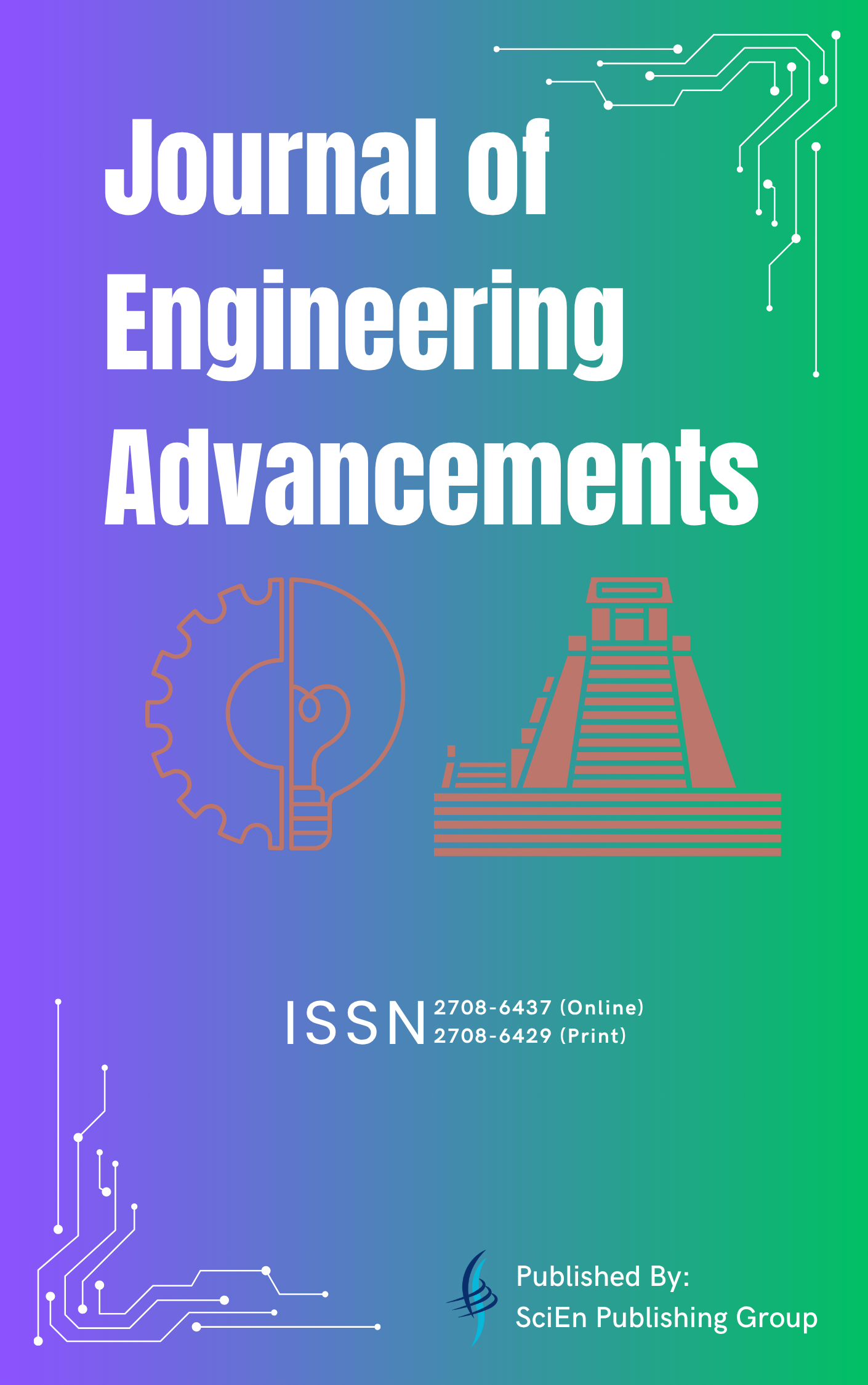Numerical Investigation of the Aerodynamic Characteristics of a Train Passing through a Tunnel
DOI:
https://doi.org/10.38032/scse.2025.1.7Keywords:
Train, Tunneling, Simulation, Incompressible, Boundary LayerAbstract
The limitation of geographical space has been a major concern in Bangladesh. So, tunneling may be a solution for the demand of quality and efficient transport with the increasing population. Hence, it is essential to investigate the aerodynamic behavior associated with it. This paper emphasizes on study of the aerodynamic behaviors of the air flow around the train and tunnel when a train is located at different position relative to tunnel. Simulations of several position of the train with respect to the tunnel has been performed. The effect of Reynolds number, blockage ratio, several locations of train relative to tunnel, the number of bogies on the coefficient of drag (CD) has been investigated. The effect of positions of the train relative to the tunnel on coefficient of pressure (CP) has also been investigated. The processes involve the utilization of computational fluid dynamics (CFD) by using commercial software ANSYS Fluent. From the investigations, it is observed that the aerodynamic changes are more significant when train passes its tunnel entrance that are shown in velocity and pressure contour in Fig. 6 & 7; the train undergoes the maximum value of drag co-efficient (CD) which is around 2.24. The vortex generated at the rear end of the train and between two bogies of the train are responsible for generating induced drag and induced moment on the train body that are shown in Fig. 8. These factors are related to the stability of a particular bogie of the train. The co-efficient of drag (CD) increases with increasing the number of bogies, blockage ratio and decreases with increasing its Reynolds number. The changes of co-efficient of pressure (CP) also shows a significant change for different locations that are related to the lift and moment on the train bogie.
Downloads
Downloads
References
[1] https://www.aar.org/wp-content
[2] https://www.Dreamstime.com
[3] Dong-Jin Zhu, 2017, "Aerodynamics of the metro train passing the tunnel with speed over 90 km/h", Journal of Vibro-engineering, Vol. 19, Issue 5, 2017, https://doi.org/10.21595/jve.2017.18427. DOI: https://doi.org/10.21595/jve.2017.18427
[4] Hui Yuan, Dan Zhou, Shuang Meng, 2019, 'Study of the unsteady aerodynamic performance of an inter-city train passing through a station in a tunnel'. DOI: https://doi.org/10.1016/j.tust.2019.01.009
[5] Aboutalebi, H., 2013, "Experimental Study of Airflow Around a Train Entering a Tunnel" Master's Thesis, Department of Mechanical Engineering, Yazd University, Yazd.
[6] Rabani Mehrdad, Faghih K. ahmadreza, "Numerical analysis of airflow around a passenger train entering the tunnel", Journal of ELSEVIER, Tunneling and space technology (2015), 203-213 DOI: https://doi.org/10.1016/j.tust.2014.10.005
Published
Conference Proceedings Volume
Section
License
Copyright (c) 2025 Koushik Ahmed, Mohammad Ilias Inam (Author)

This work is licensed under a Creative Commons Attribution 4.0 International License.
All the articles published by this journal are licensed under a Creative Commons Attribution 4.0 International License

